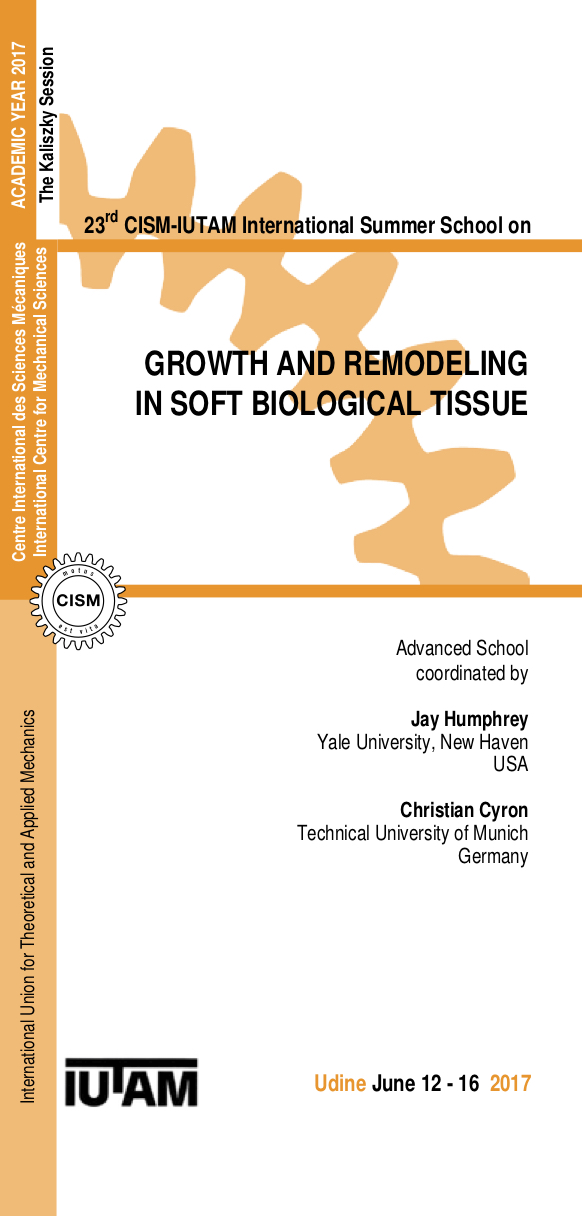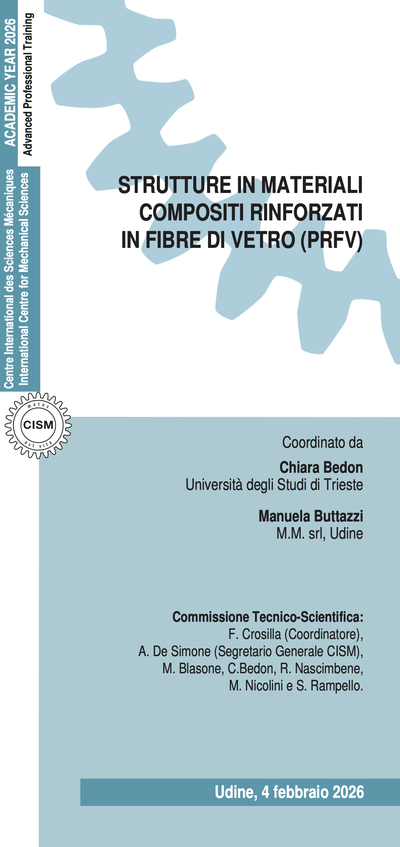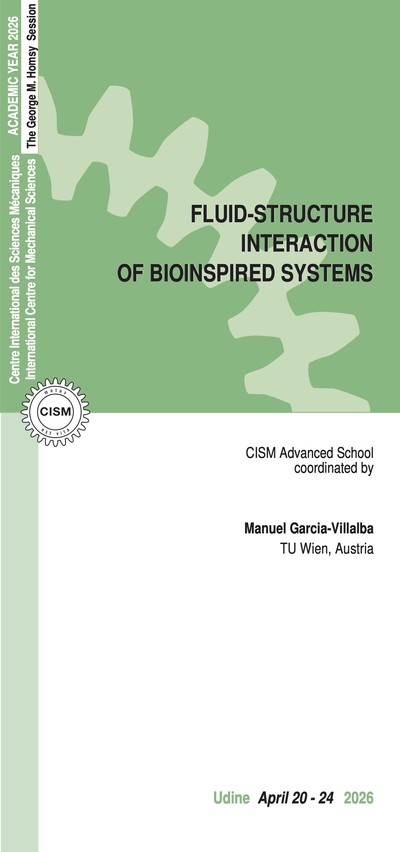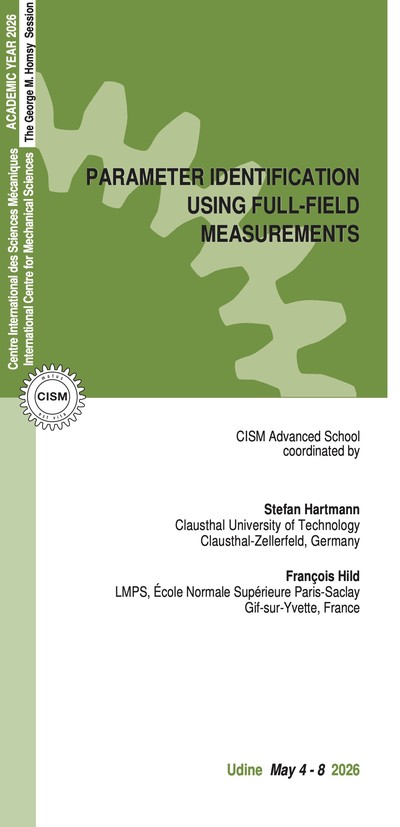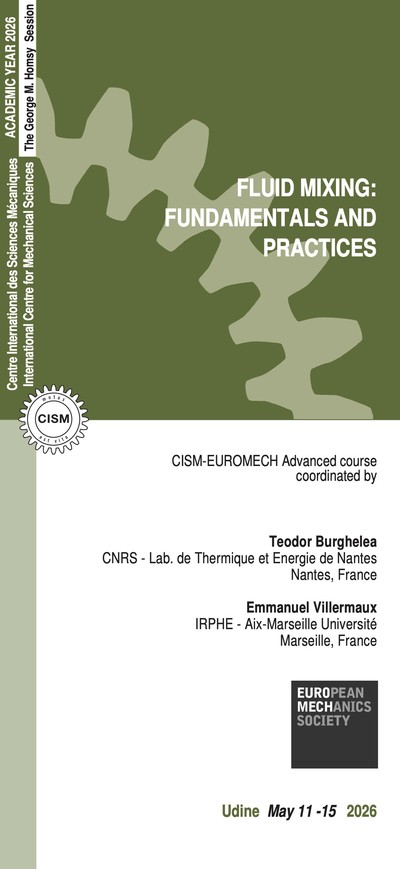One of the most remarkable differences between classical engineering materials and living cells or tissues is the ability of the latter to grow and remodel in response to diverse stimuli. The mechanical behavior of living tissues is thus governed not only by an elastic or viscoelastic response to loading on short time scales (up to several minutes), but additionally by often crucial growth and remodeling responses on time scales of hours to months. Such growth and remodeling play important roles, for example, during morphogenesis in early life as well as in homeostasis and pathogenesis in adult tissues, which often adapt continuously to changes in their chemo-mechanical environment resulting from, for example, aging, diseases, injuries, or surgical interventions. Mechano-regulated growth and remodeling are observed in various soft tissues, ranging from tendons and arteries to the eye and brain, as well as in lower organisms and plants. Therefore, understanding and predicting growth and remodeling of living tissues and organisms is one of the most important challenges in biomechanics. This course is addressed to doctoral students and postdoctoral researchers in engineering and applied mathematics. It will start with a few introductory lectures that summarize the motivation for study and the current state of the art; subsequent lectures will focus on cutting edge research. This way, the course will be accessible for participants with a basic background in nonlinear continuum mechanics or soft tissue biomechanics, but without any specific prior knowledge about soft tissue growth and remodeling. The lectures will address in particular: - Important experimental and clinical observations, including tensional homeostasis, micromechanical and molecular foundations (mechanotransduction, signaling, etc.), pathologies (aneurysms, tortuosity, etc.), and observations from comparative biology and animal models; - Major mathematical approaches to model growth and remodeling in soft tissues, including the kinematic growth theory, constrained mixture models, hybrid approaches, open system thermodynamics, and computational implementations; - Archetypal biomechanical phenomena that arise from growth and remodeling and that are not observed in classical solid or structural mechanics, including growth-induced instabilities, growth-induced residual stresses, and mechanobiological instabilities; - Chemo-mechanical stimuli governing growth and remodeling and how they can be modeled appropriately in continuum mechanics using quantities such as Cauchy stress, Green-Lagrange strain, Eshelby stress, Mandel stress etc. - Mathematical modeling of the interplay between growth and remodeling and biochemistry, including concepts from poroelasticity, configurational forces, and mass transport; - Differences and similarities of growth and remodeling in different types of tissue, such as blood vessels, skin, tendons, ligaments, skeletal muscle, tumors, the heart, the brain, etc.
Ambrosi D et al. (2011) Perspectives on biological growth and remodeling. J Mech Phys Solids 59(4): 863-883. Holmes M (1995) Mixture Theories for the Mechanics of Biological Tissues, RPI Web Book. Dervaux J, Ben Amar M (2012) Mechanical instabilities of gels. Annu Rev Condens Matter Phys 3: 311–32. Ben Amar M, Jia F (2013) Anisotropic growth shapes intestinal tissues during embryo-genesis. Proc Nat Acad Sciences 110 (26): 10525-10530. Cyron CJ, Humphrey JD (2016) Growth and Remodeling of Load-Bearing Biological Soft Tissues. Meccanica, DOI 10.1007/s11012-016-0472-5. Cyron CJ, Wilson JS, Humphrey JD (2014) Mechanobiological stability: a new paradigm to understand the enlargement of aneurysms?. J R Soc Interface 11(100): 20140680 Goriely A (2017) The Mathematics and Mechanics of Biological Growth. Springer. Recho P, Jerusalem A, Goriely A (2016) Growth, collapse, and stalling in a mechanical model for neurite motility. Phys Rev E 93 (4): 03241. Humphrey JD, Dufrense E, Schwartz MA (2014) Mechanotransduction and extracellular matrix homeostasis. Nat Rev Mol Cell Biol 15: 802-812. Valentin A, Cardamone L, Baek S, Humphrey JD (2009) Complementary vasoactivity and matrix remodeling in arterial adaptations to altered flow and pressure. J R Soc Interface 6: 293-306. Menzel A, Kuhl E (2012) Frontiers in growth and remodeling. Mech Res Comm 42(0): 1-14. Goriely A, Budday S, and Kuhl E (2015) Neuromechanics: from neurons to brain. Adv Appl Mech 48: 79-139.
Davide Ambrosi (None)
6 lectures on: the role of Eshelbian mechanics in growth and remodeling; growth in poroelastic media; mechanical signaling in morphogenetic processes; the role of mechanics in tumor growth.
Martine Ben Amar (None)
6 lectures on: the relation between morphogenesis and mechanics (role of Föppl-von Kármán equations, mechanical instabilities, residual stresses, interplay between growth, geometry and elasticity, creases and singularities); wound-healing and/or growth and remodeling in pathological cases.
Christian Cyron (None)
5 lectures on: the relation between kinematic and constrained mixture models (similarities and differences, equivalence in limit cases, hybrid models); tensional homeostasis (experimental observations from comparative biology and tissue cultures); unstable growth and remodeling in the vasculature (mechanobiological instability and application to aneurysms).
Alain Goriely (None)
6 lectures on:theoretical and mathematical aspects of growth in biological systems. A general overview of the 10 different modeling approaches to growth (theoretical and computational) will be followed by lectures exploring various issues appearing in morphoelasticity with motivation and applications taken from brain mechanics, and with particular emphasis on instability and pattern formation.
Jay Humphrey (None)
5 lectures on: foundations of mechanobiology (mechanotransduction); constrained mixture theory (physiological foundations, kinematics, balance equations); vascular growth and remodeling (animal models, clinical observations, mathematical and computational modeling, and tissue engineering); tissue engineering scaffold design.
Ellen Kuhl (None)
6 lectures on: kinematic growth theory and open system thermodynamics (kinematics, balance equations, anisotropic growth models, evolution of structural tensors); growth and remodeling in different tissues; growth-induced instabilities in the brain.
The registration fee is 575.00 Euro + VAT taxes*, where applicable (bank charges are not included). The registration fee includes a complimentary bag, four fixed menu buffet lunches (on Friday upon request), hot beverages, downloadable lecture notes and wi-fi internet access.
We suggest to apply at least one month before the beginning of the course. Application forms should be sent on-line through our web site: http://www.cism.it. A message of confirmation will be sent to accepted participants. If you need assistance for registration please contact our secretariat.
Applicants may cancel their course registration and receive a full refund by notifying CISM Secretariat in writing (by email) no later than two weeks prior to the start of the course.
If cancellation occurs less than two weeks prior to the start of the course, a Euro 50.00 handling fee will be charged.
Incorrect payments are subject to Euro 50.00 handling fee.
A limited number of participants from universities and research centres who are not supported by their own institutions can be offered board and/or lodging in a reasonably priced hotel or student dormitory, if available.
Requests should be sent to CISM Secretariat by April 12, 2017 along with the applicant's curriculum and a letter of recommendation by the head of the department or a supervisor confirming that the institute cannot provide funding. Preference will be given to applicants from countries that sponsor CISM.
Information about travel and accommodation is available on our web site, or can be mailed upon request.
A limited amount of financial support from IUTAM is available for participants. Those interested are kindly asked to send their application to Professor Cyron (cyron at lnm.mw.tum.de) not later than March 5th, 2017. The application should include: short CV and possibly special reasons why financial support is needed.
* Italian VAT is 22%.
